Prevent Child Abuse Vermont Demonstrates the Long-Term Benefits of the Nurturing Parent Program in Improving Parents’ Attitudes Toward their Children
February 2025
Students: Tanner Baroni, Clara Goebel, Grace Kim, Elizabeth Medve, Sung Bin Roh, Benjamin
Sebuufu, Eunice Suberu, Shannon Wasley
Introduction
Over 600,000 children in the United States experienced abuse or neglect in 2021. Programs for child abuse prevention have shown reductions in child abuse; long-term follow-up research has not been performed. This project collaborated with Prevent Child Abuse Vermont (PCAVT) to examine long-term outcomes of the Nurturing Parent Program® (NPP) on patterns associated with child abuse and neglect.
Project Goals
1. The primary goal of this study is to assess the long-term impacts of the Nurturing Parenting® Programs (NPP) on participants, focusing on:
• Program effectiveness: To determine the strengths and areas for improvement of the program
• Participant outcomes: To evaluate how the program has influenced parent-child relationships, support networks, and self-perception among participants over time
2. By identifying these impacts, the study aims to inform the continued development and enhancement of parent education programs for families.
Methods
The NPP assesses risk using the validated Adolescent Parenting Inventory (AAPI) before and immediately after the program. The current study distributed an optional survey containing five subjective open-ended questions and AAPI to 321 former participants via two emails and a text reminder. Quantitative data was analyzed using methods from the NPP; qualitative data were coded and analyzed to identify themes and insights regarding the program's impact.
Results
Thirteen responses were received; 10 completed the AAPI. Data from PCAVT showed improvement in all constructs immediately after the NPP. Post-post testing demonstrated sustained improvements above pre-test values for four constructs, while scoring on the use of corporal punishment was worse than baseline. Free response questions demonstrated themes of realistic expectations of children and learning both coping and self-regulation skills. Nine of eleven respondents wished they completed the NPP sooner.
Discussion
Our data demonstrates sustained stratification into the Low Risk category of Constructs A (Expectations of Children), B (Parental Empathy towards Children's Needs),D (Parent-Child Family Roles), and E (Children's Power and Independence). An opportunity for expanded programming surrounding Construct C (Corporal Punishment) has emerged, and further research could elucidate if Construct C's results might be correlated with other factors resulting in its persistence despite interventions. In particular, given previous research on the correlation between previous experience of abuse/neglect and perpetrating abuse/neglect themselves, the persistence of Construct C may have a stronger association with personal history than the other constructs, which could be more plastic due to other sociocultural factors or support.
Reflections shared from the free response questions demonstrate that participants feel they have a support system either through programs and organizations such as Prevent Child Abuse Vermont, but not necessarily sustained support systems outside of that. Several participants also expressed improvements in their perceptions and expectations of their children, and how to approach situations using coping mechanisms and self-regulation skills. 9 out 11 participants wished they had completed the NPP sooner. Five participants did not have custody of their children during their participation of the program and eight participants had experienced abuse as children themselves.
Some of the limitations of this study may be attributed to low participation and small sample size. Furthermore, only 10 out of the 13 participants completed all portions of the survey, including the Likert scale questions. All participants were required to complete the quantitative portion of the survey on two occasions as required by the NPP. Participation for a third time with an added qualitative section was at will. Thus, the responses of those who participated at will may not reflect the attitudes of the overall population.
Established Likert scale question set was recycled along with 5 open-ended questions to measure the long-term impacts of the NPP. The validation of this question set is thus unknown and serves as another limitation of this study.
Conclusion
Our study is one of the first to evaluate long-term impact of programs like the NPP. PCAVT has highlighted the importance of long-term evaluation to support maintaining no-cost offerings to future participants. Future investigation into changed attitudes toward corporal punishment could elucidate how to sustain improvements in this area as well.
References
1. Finkelhor D, Turner HA, Shattuck A, Hamby SL. Prevalence of Childhood Exposure to
Violence, Crime, and Abuse: Results from the National Survey of Children's Exposure to Violence. JAMA Pediatr. 2015;169(8):746–754. doi:10.1001/jamapediatrics.2015.0676
2. Van der Put, Claudia E., Mark Assink, Jeanne Gubbels, and Noelle F. Boekhout van Solinge.
2017. “Identifying Effective Components of Child Maltreatment Interventions: A Meta-Analysis.” Clinical Child and Family Psychology Review 21(2):171–202.
3. Jones, T. L., Baxter, M. A., & Khanduja, V. (2013). A quick guide to survey research. Annals of the Royal College of Surgeons of England, 95(1), 5–7.doi.org/10.1308/003588413X13511609956372

